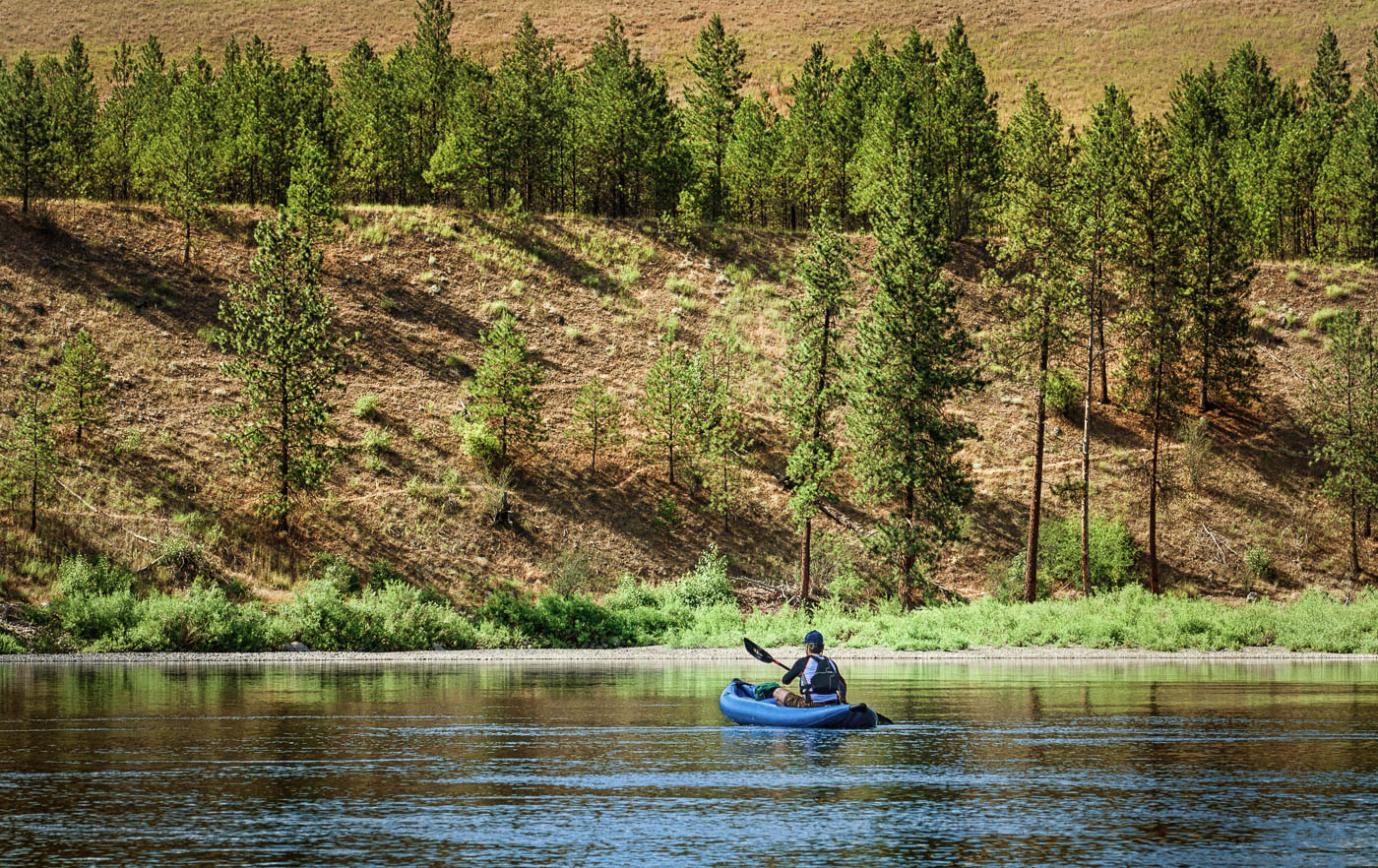
In 2004, the State of Washington listed the Spokane River as impaired for toxics because it was contaminated with chemicals called polychlorinated biphenyls, or PCBs. This listing made it clear that improving the water quality of the Spokane River was essential.
Since that listing, many groups have come together to help improve the water quality in the Spokane River. Because of those partnerships and commitment to hard work, we’re seeing PCB source reductions that cover a wide range of prevention, removal, and treatment activities.
For example, the steady work of a collaborative Spokane River group has led to the removal of more than 8,000 pounds of PCBs from the watershed. Environmental trends also indicate that total PCB concentrations are decreasing in most areas of the Spokane River.
Additionally, filtration upgrades at local wastewater treatment plants have resulted in the physical removal of PCBs from their wastewater. These next-level treatment systems have demonstrated consistent removal of 95 to 99% of PCBs from their facilities.
But there’s more to be done.
The U.S. Environmental Protection Agency (EPA) recently released a draft plan for the Spokane River called a Total Maximum Daily Load (TMDL) plan. The plan specifically targets reducing PCB pollutants.
What does this mean for the Spokane community? Let’s help break it down.
First, it’s important to understand TMDLs. What are they and why are they important?
TMDLs are essentially blueprints for maintaining and improving water quality in our rivers. They set limits on the amount of pollutants like PCBs that can enter the water from various sources while still ensuring that the water remains safe for both wildlife and human use. Think of it as a roadmap for keeping our rivers clean and healthy. We are implementing TMDLs across the state to address a wide variety of sources of pollution. You can learn more about our clean water work by visiting our TMDL webpage.
Why did EPA develop the TMDL?
EPA developed the draft TMDL for the Spokane River to fulfill their obligation under a legal agreement, called a consent decree, between EPA and two plaintiffs - the Sierra Club and the Center for Environmental Law and Policy. The Washington Department of Ecology is not part of this agreement, but we have a responsibility to work with local governments and businesses to ensure that the river meets federal water quality requirements.
Why are PCBs a concern?
PCBs are a group of toxic chemicals that can have harmful effects on both the environment and human health. They are persistent, meaning they don’t break down easily, and can accumulate in the bodies of fish and other aquatic organisms, posing a risk to those who consume them.
Working to reduce PCBs in the Spokane River continues to be a priority for us. For example, the updated wastewater permits for five facilities on the Spokane River include limits on the amount of PCBs that can go into the river.
We have also worked with the Washington State Department of Health, and with industry and environmental stakeholders to identify and take action to phase out the use, release, and exposure to PCBs. Learn more about this work in our chemical action plan for PCBs.
What about other sources of PCBs?
We understand that reducing PCBs in the watershed is multi-faceted. While upgrades at local wastewater treatment plants have resulted in the consistent physical removal of 95 to 99% of PCBs from wastewater, we need to find ways to keep PCBs from being introduced to the environment in the first place.
Our research has shown that PCBs can still be found as byproducts in the pigments, paints, or inks used in the manufacturing process. These inadvertent PCBs are allowed by EPA and directly expose people when they use certain products, and contribute to PCB contamination in the environment.
Because of this, we recently petitioned EPA to initiate rulemaking to protect public health against PCBs in consumer products. On April 4, 2024, we received notice that, although EPA shares our concerns about risks from PCBs pollution and exposure, our petition had been denied.
We continue to believe that stricter PCB limits in consumer products is achievable. More information is available today than when EPA set the current TSCA standard in 1984, and a restriction would reduce a significant source of new PCBs to the environment.
We remain committed to exploring options for reducing inadvertent PCBs under our regulatory authority.
Next steps for addressing PCBs
EPA’s recently released a draft PCB TMDL for the Spokane River that begins a 60-day public comment period. EPA will accept public comments on the draft TMDLs from May 15 through July 15, 2024. Additional information about EPA’s next steps, including their upcoming informational meeting, can be found at Spokane River PCB TMDLs (US EPA).

